ZiiGaat Arete - So much fun!
Can we tune an IEM so that it performs better with FPS games? More importantly, can we do that without compromising its tonal balance and tonality? Apparently, ZiiGaat and Fresh Reviews believe so. Today, let’s have a look at the result of their collaboration - Arete.
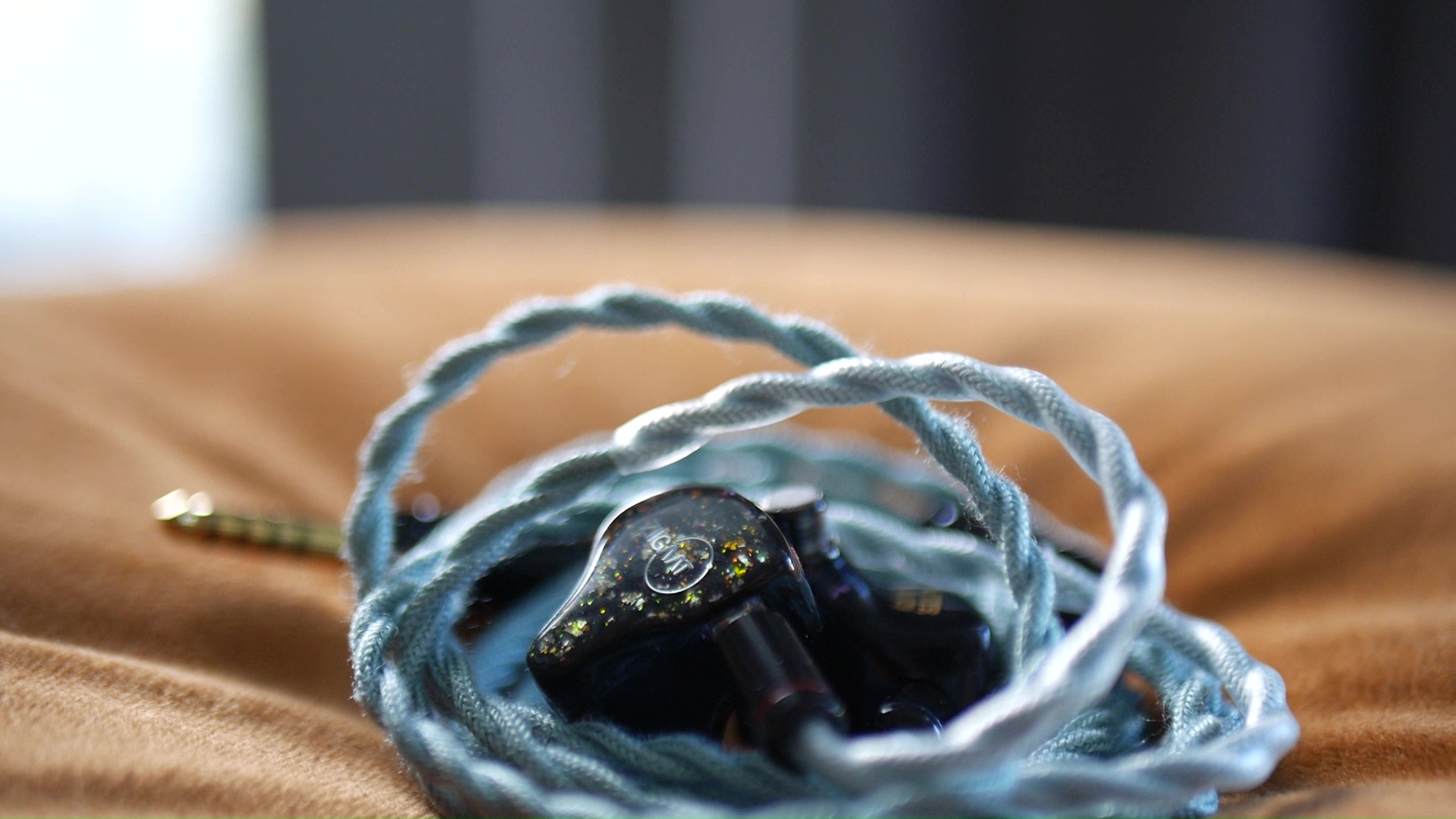
Forewords
- What I look for in an IEM is immersion. I want to feel the orchestra around my head, track individual instruments, and hear all of their textures and details. I’m not picky about tonality, as long as it is not make the orchestra, violin, cellos, and pianos sound wrong.
- I rate IEMs within with a consistent scale from 1 (Poor) to 3 (Good) to 5 (Outstanding). An overall ranking of 3/5 or above is considered positive.
- Ranking list and measurement database are on my IEM review blog.
- The terminology for subjective impressions in this review is based on the Audio Wheel for reproduced sound defined in the technical report ITU-R BS.2399-0
- This review is based on a review sample from Linsoul (Thank you Carina @ Linsoul!). I have no affiliation with or financial interest in ZiiGaat or Linsoul.
- The unit retails for $249 at the time this review was published. Unaffiliated link: Linsoul
General Information
The Arete IEM was created through a collaboration between ZiiGaat, an earphone manufacturer based in Shenzhen, China, and Fresh Reviews, a YouTuber specializing in gaming peripherals and audio products. According to ZiiGaat, the goal of the Arete IEM is to design an earphone that is easy to drive and performs well across a diverse range of first-person shooter games.
The Arete IEM features a hybrid driver configuration consisting of one dynamic driver (DD) and four balanced armature (BA) drivers. The drivers are coordinated using a 3-way crossover system, which involves electrically dividing the incoming signal into three parts. Each set of drivers also has its own independent sound tube. The specific drivers used in the Arete IEM include a large 10mm dynamic driver for handling bass frequencies with strong magnets. For midrange frequencies, two Knowles 29689 BA drivers are utilized. The treble range is handled by a pair of Knowles 31736 BA drivers.
The shells of the Arete IEM are produced using 3D printing technology. The inside of the shells appears to be hollow.
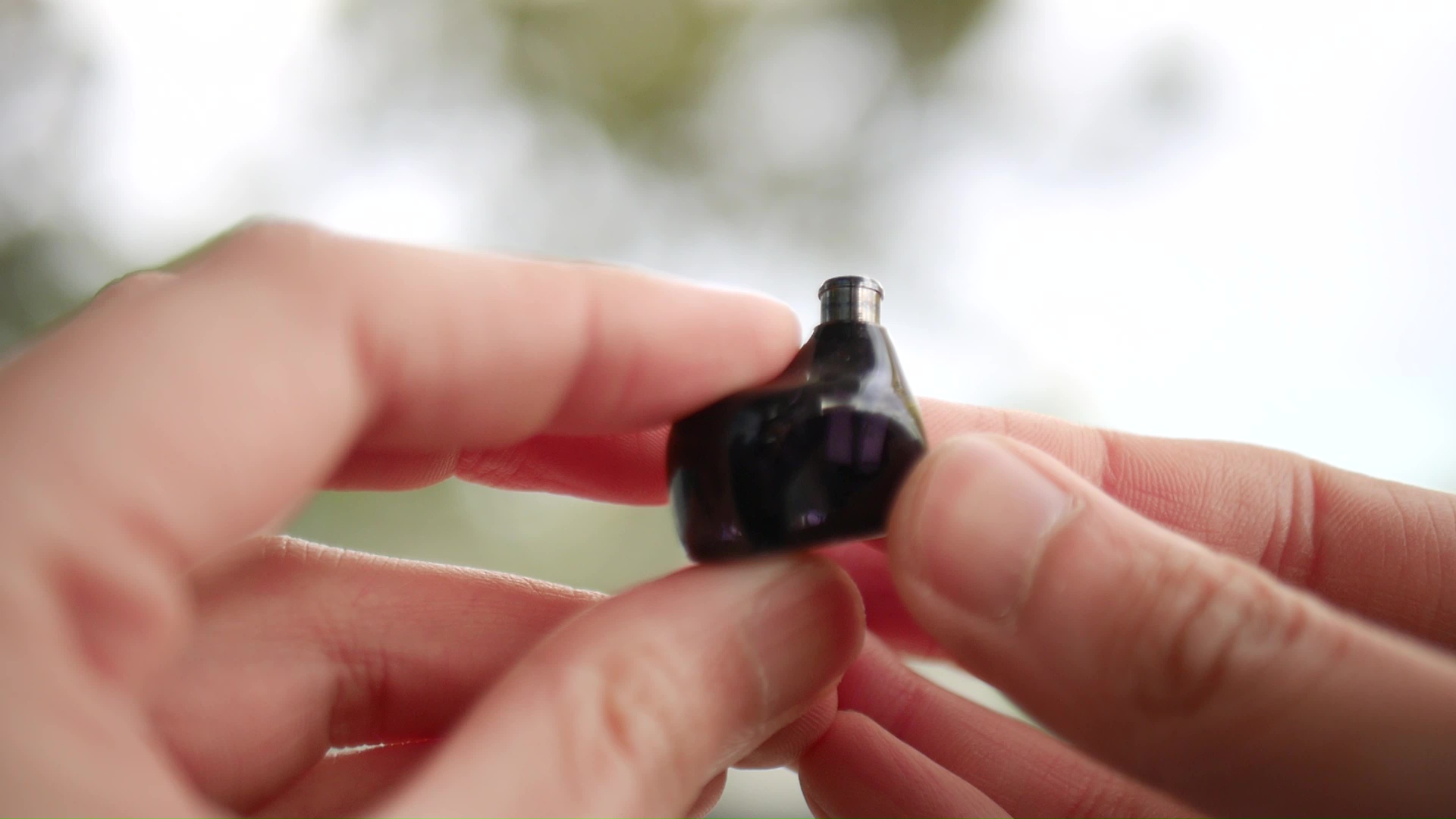
Non-sound Aspects
Packaging and Accessories The packaging of the Arete is straightforward, without any frills. The accessories included with the product are also limited. Specifically, there are three pairs of silicone ear tips, one pair of foam tips, a thin and lightweight cable with a 3.5mm termination, and a small square carrying case. I find the cable to be flimsy and prone to tangling.
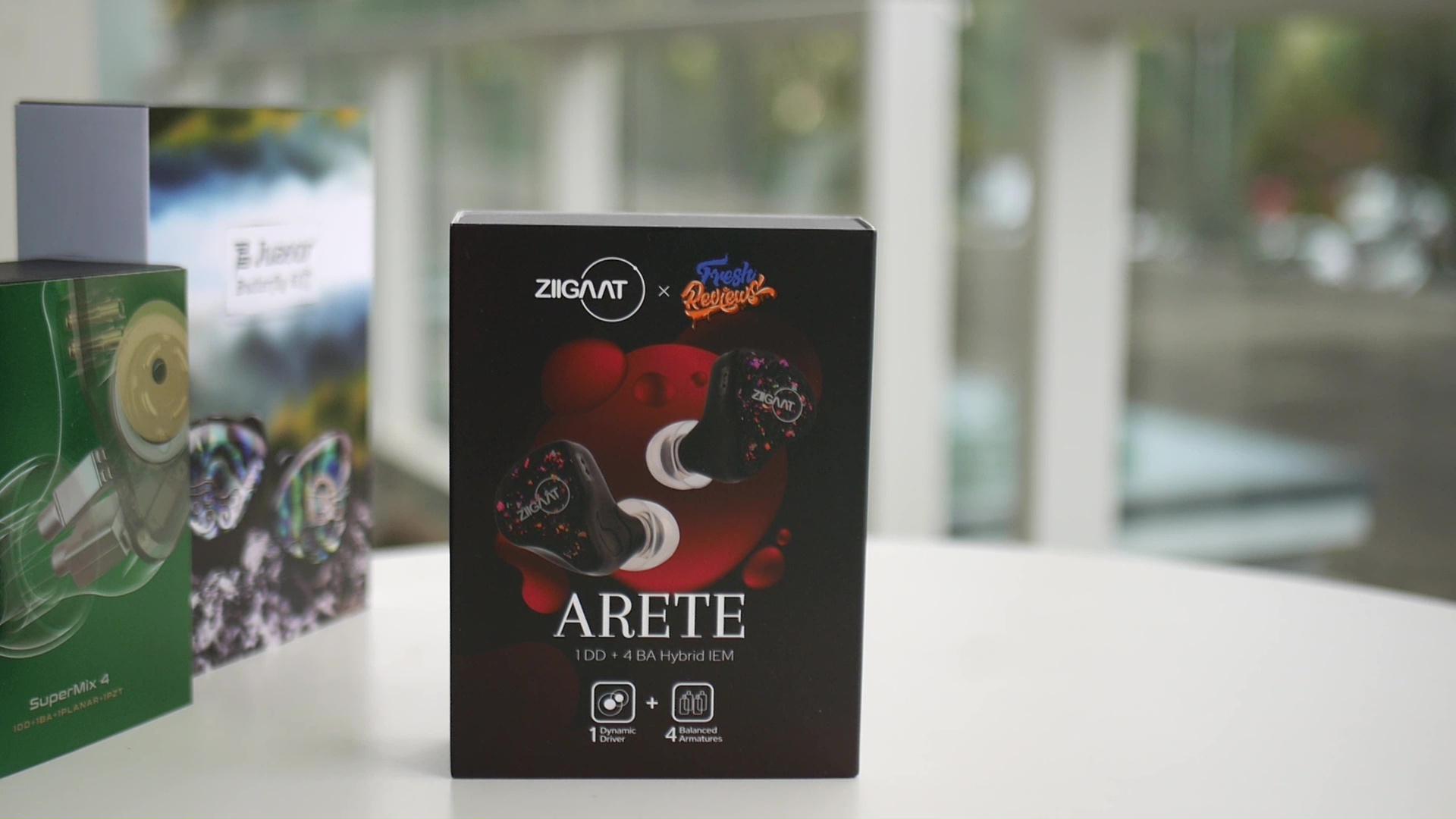

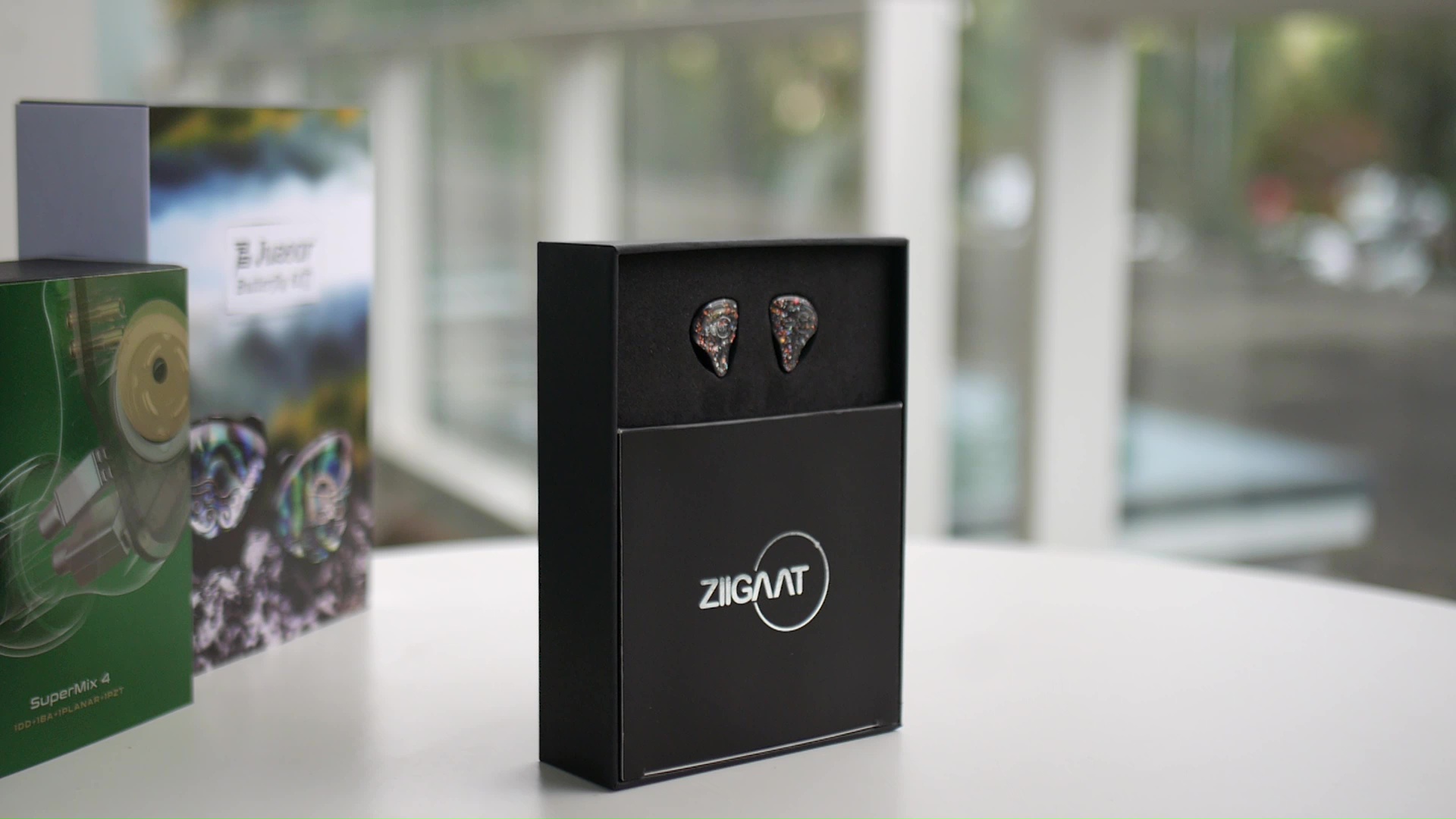
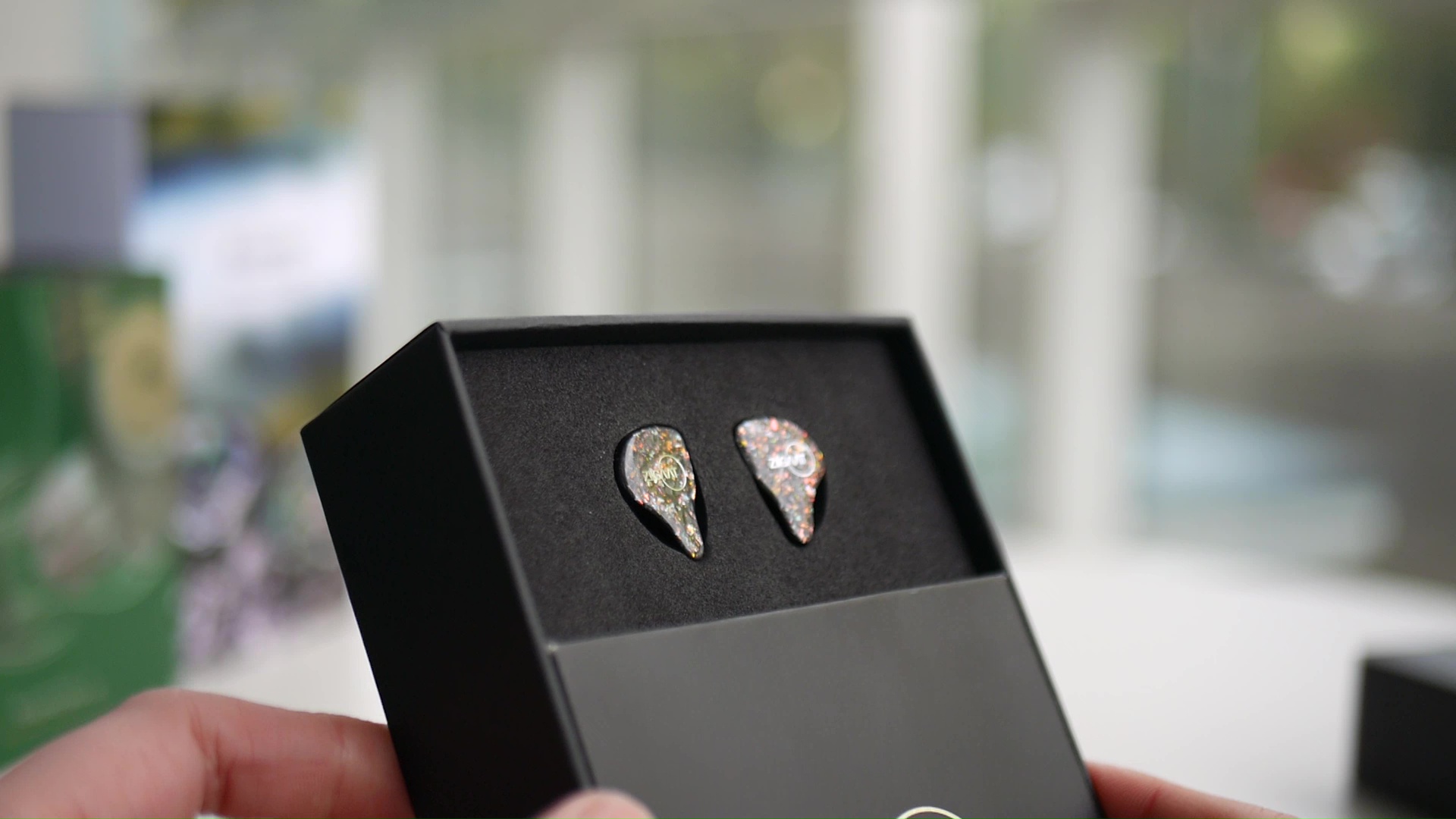
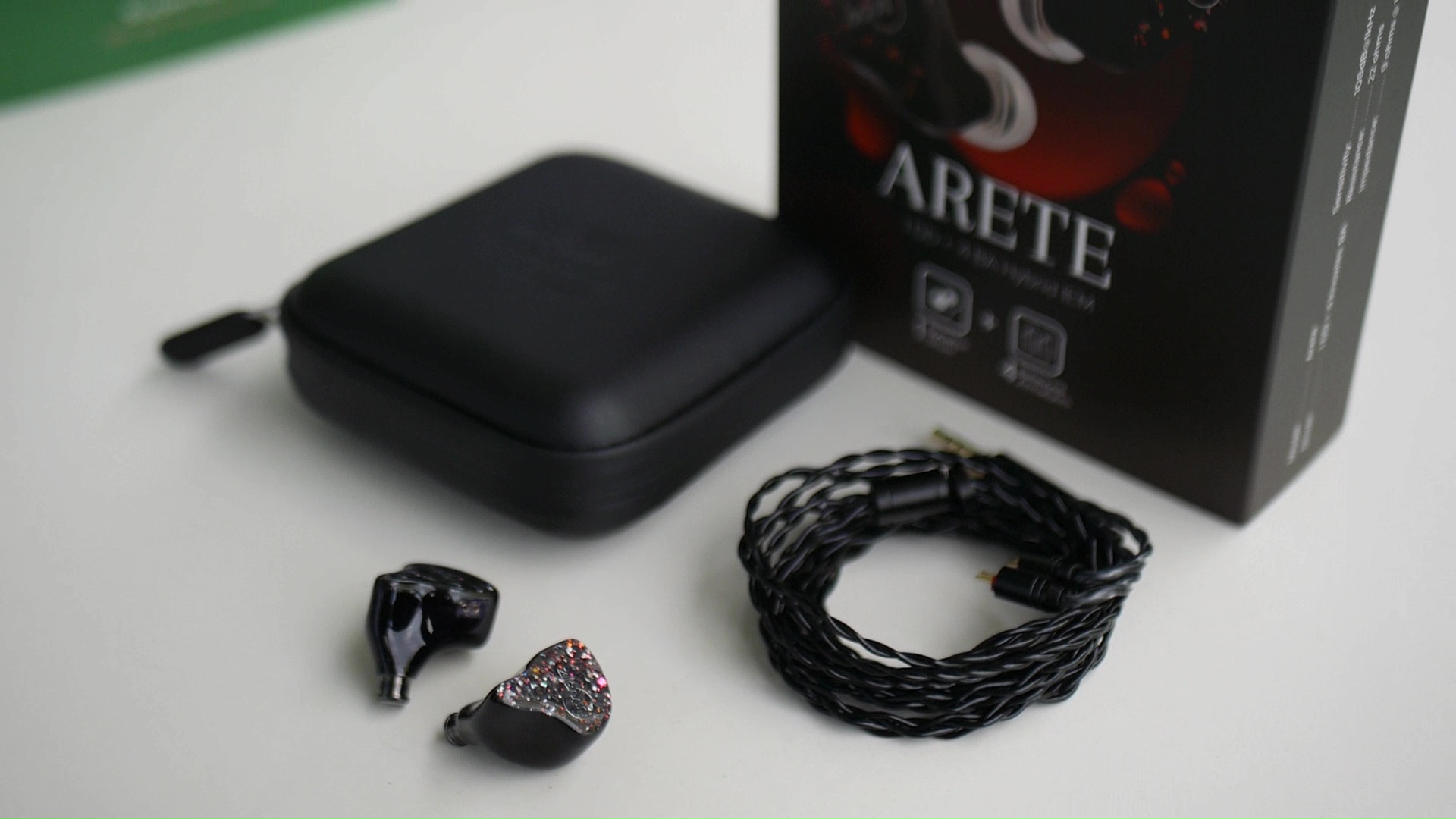
Ear Pieces Design The size of the ear pieces is medium, making them suitable for most listeners. Notably, the nozzles are thinner than average but longer, suggesting that the Arete was designed with a deeper insertion into the ear canal in mind. This design choice may be beneficial for some users, although it’s not universally applicable.


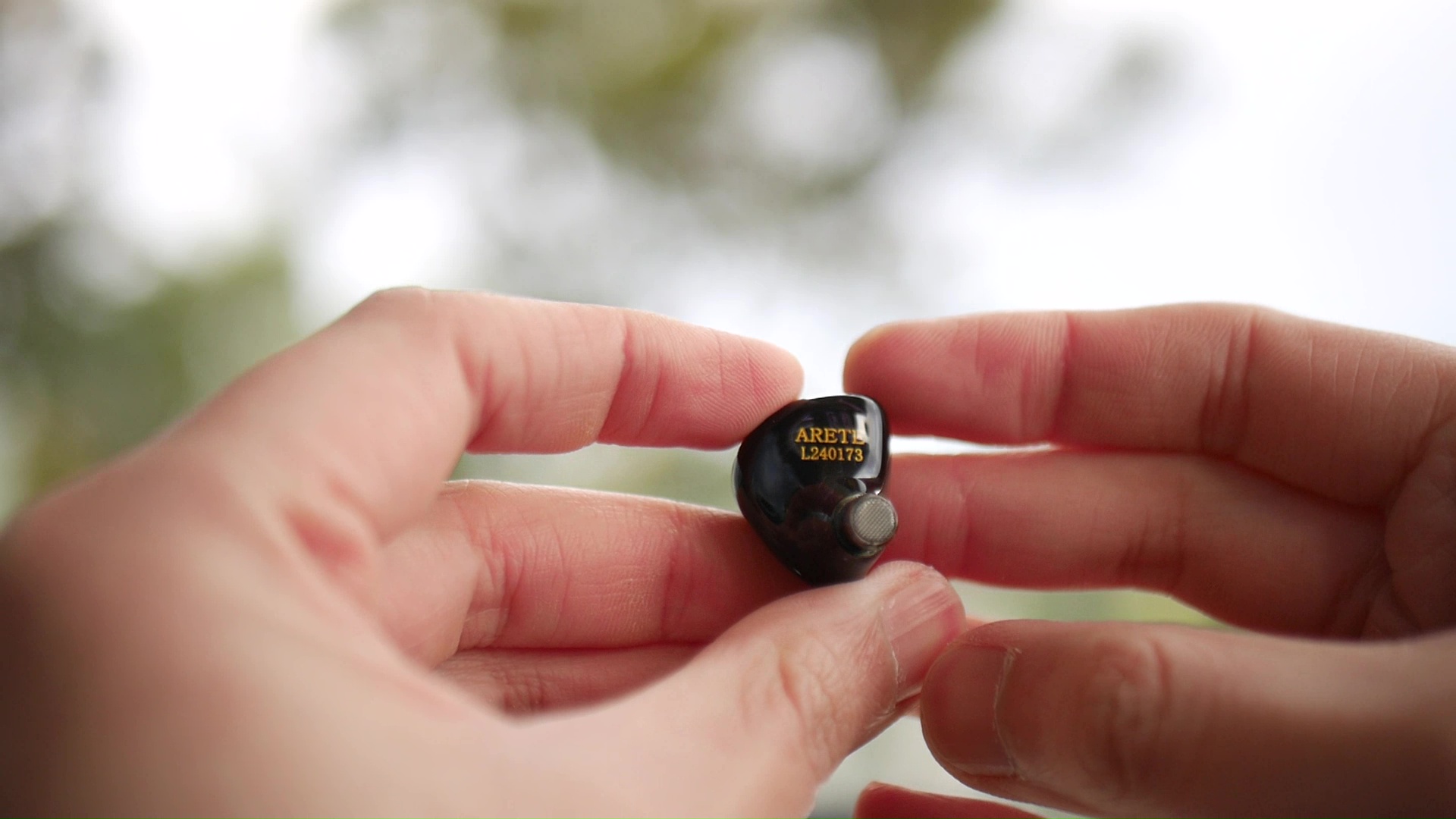
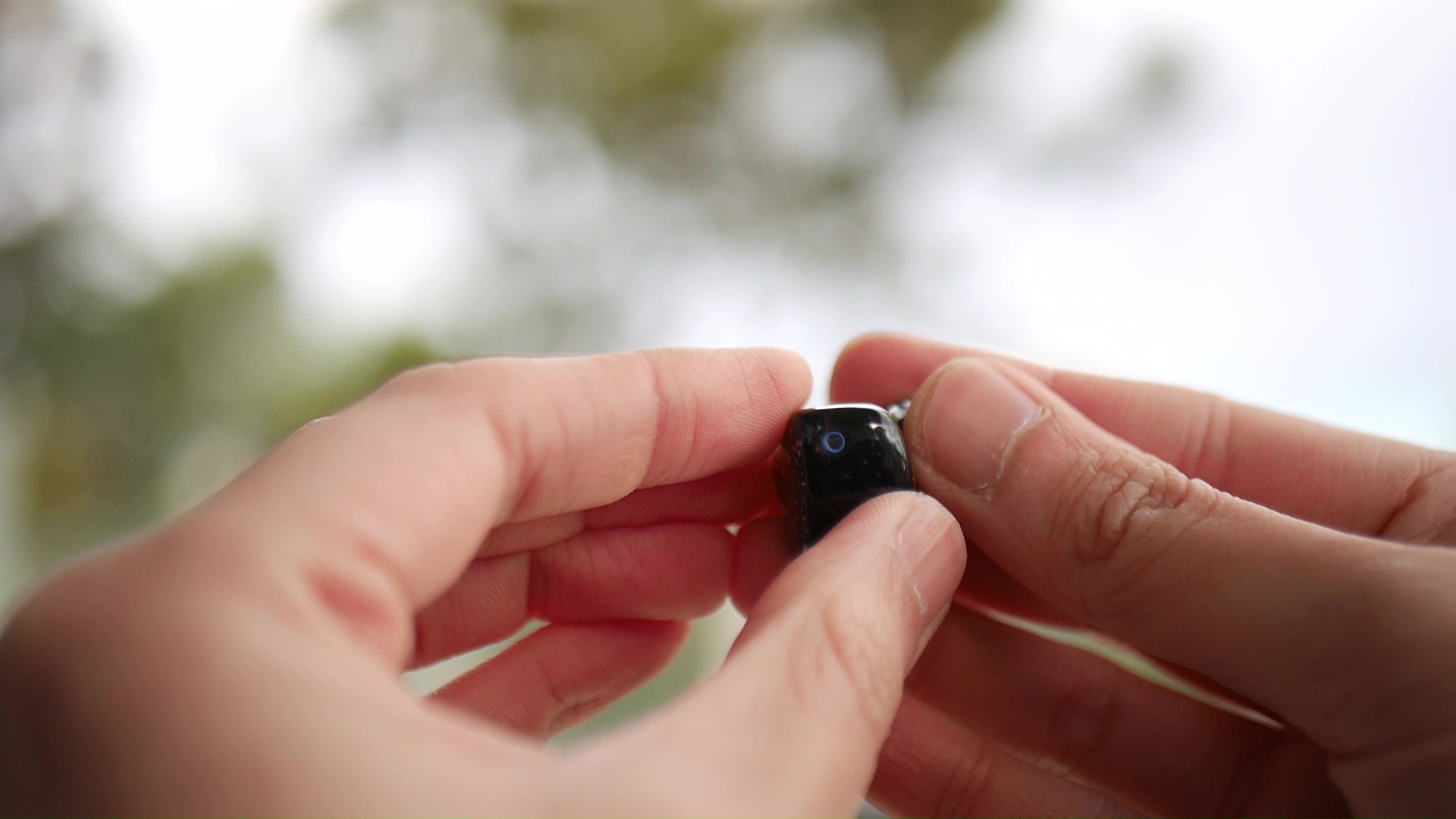
Fit, Comfort and Isolation The ear pieces of the Arete feature good ventilation, which can help to prevent pressure build-up or driver flex during use. In my tests, this was found to be effective, with no issues encountered in terms of comfort or sound quality. However, noise isolation is only average due to the pressure release mechanism used by the product. Despite this, I find it suitable for everyday listening, particularly if I prioritize comfort and convenience.
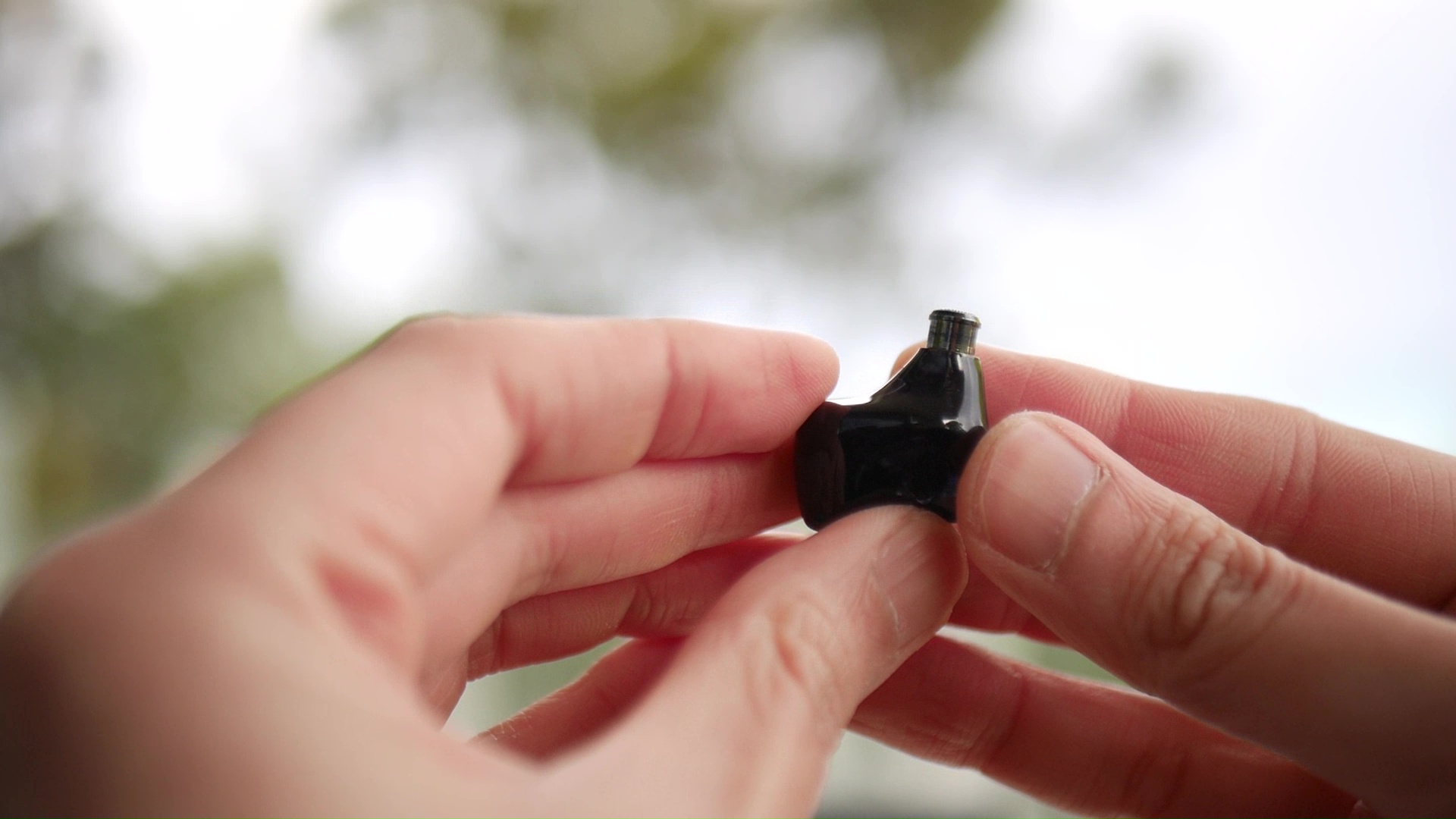
Ear Tips Recommendation To get the best fit from the Arete, you will need to use soft and smaller ear tips that allow the IEM to be inserted deeper into your ear canals. For my testing purposes, Divinus Velvet Wide Bore tips in small size were found to be suitable.
Sonic Performance
Testing setup:
- Sources: iBasso DX300, HiBy R3II, FiiO K7, L&P W4
- Cable: NiceHck upgraded cable for F1 Pro with 4.4mm termination
- Ear tips: Divinus Velvet Wide Bore in small size
The subjective impression is captured using the lexicon in the Sound Wheel below. I’ll clarify the terminology as I use them. If you want to see more details of the lexicon and related reference, please have a look at the technical report ITU-R BS.2399-0.
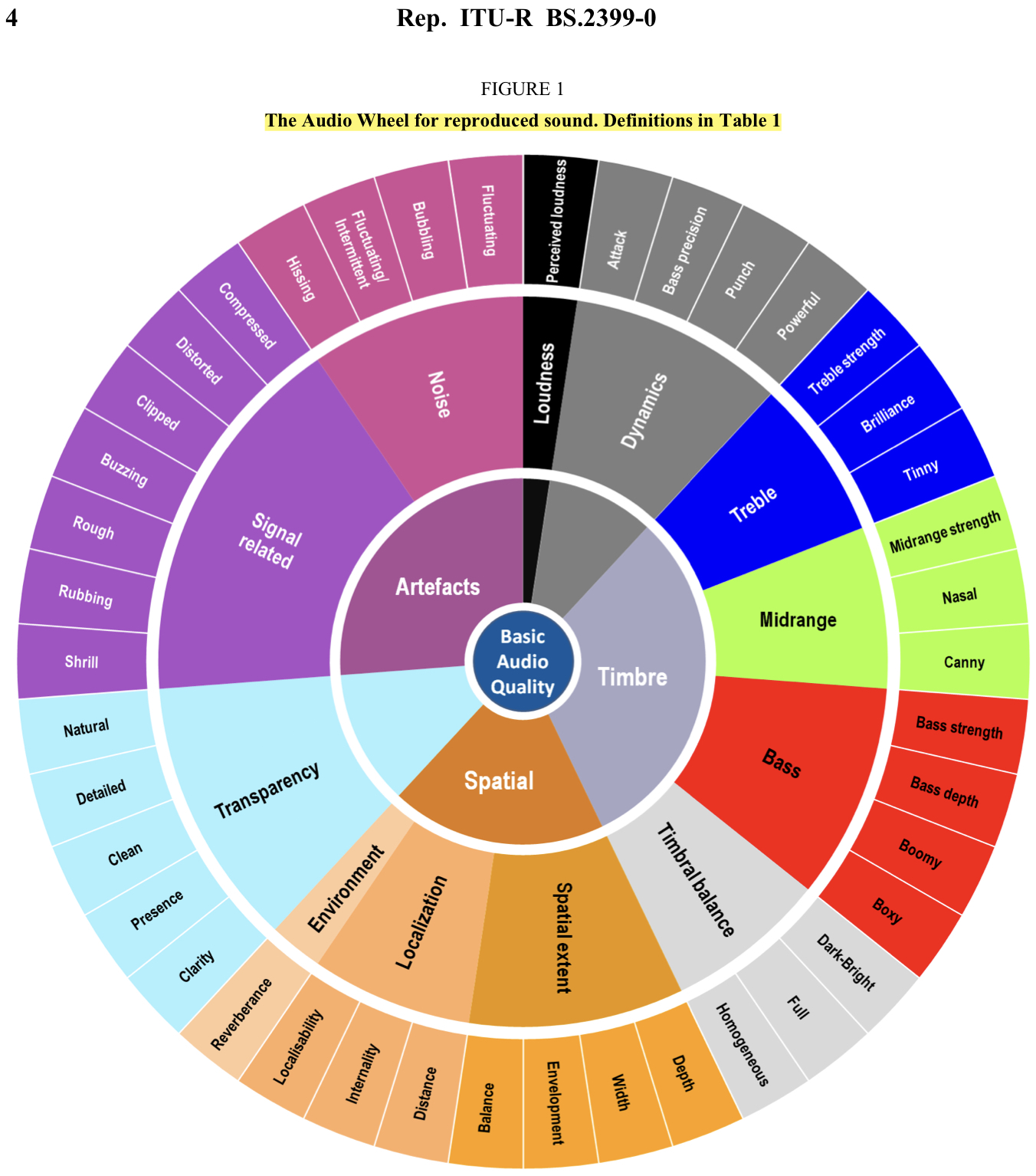
Timbre: It is helpful to think of an IEM as a filter that highlights or subdues different parts of the incoming audio signal. This effect can be measured objectively by the squiggly lines below, called Frequency Response (FR) graphs, which measure how loud an IEM is at different frequencies from 20Hz (bass) to 20kHz (upper treble). Subjectivity is how your ears and brain interpret the effect of that filter on your music and decide whether it is “enjoyable.” There are some “rules of thumb” when it comes to tonality, but most interesting IEMs usually bend the rules masterfully.
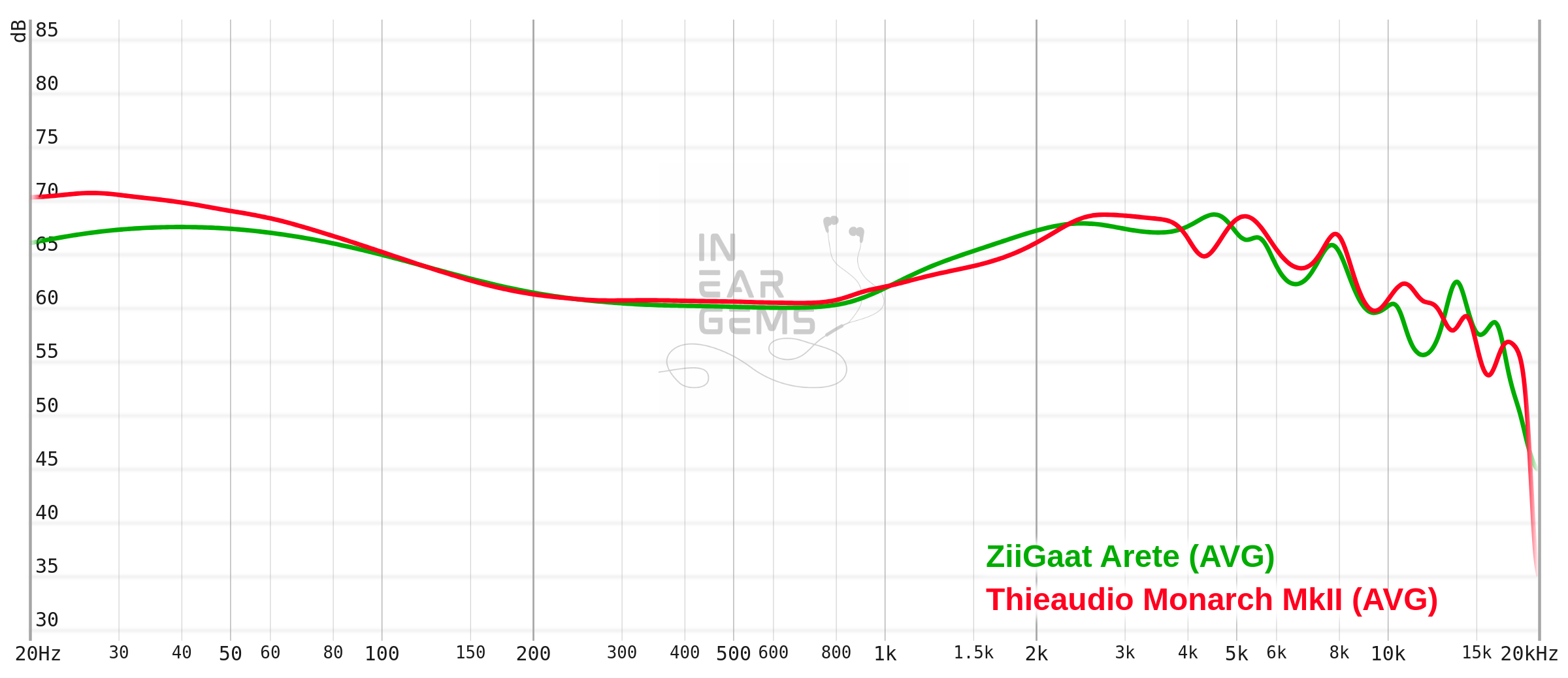
Figure shows the frequency response of Arete against the ThieAudio Monarch MkII. Measurements were done with an IEC-711-compliant coupler and might only be compared with other measurements from this same coupler. Above 8kHz, the measurement likely does not match the response at the ear drum. Visit my graph database for more comparisons.
Arete has a sound signature that features a neutral tone with a noticeable subbass boost. This characteristic is evident throughout various test tracks, where the midrange is perfectly neutral and uncoloured, while the bass is emphasized above the midrange.
One of the standout features of Arete is its ability to present a balanced midrange with no additional warmth or thinness. The voice of Ed Sheeran in Shivers sounds clear and bright, without any harshness, while the instruments are layered nicely in the background. Similarly, the voice of Chiaki Ishikawa in Kiwi wa Boku ni Niteiru by See-Saw is bright and clear, without any sibilance or harshness. The tonality is neutral throughout these tracks.

However, the bass boost can sometimes make the midrange feel recessed in certain tracks, such as Now We Are Free by 2CELLOS. This is not a major issue, but it’s worth noting that Arete may not be the best choice for listeners who prefer a more even balance between frequencies.
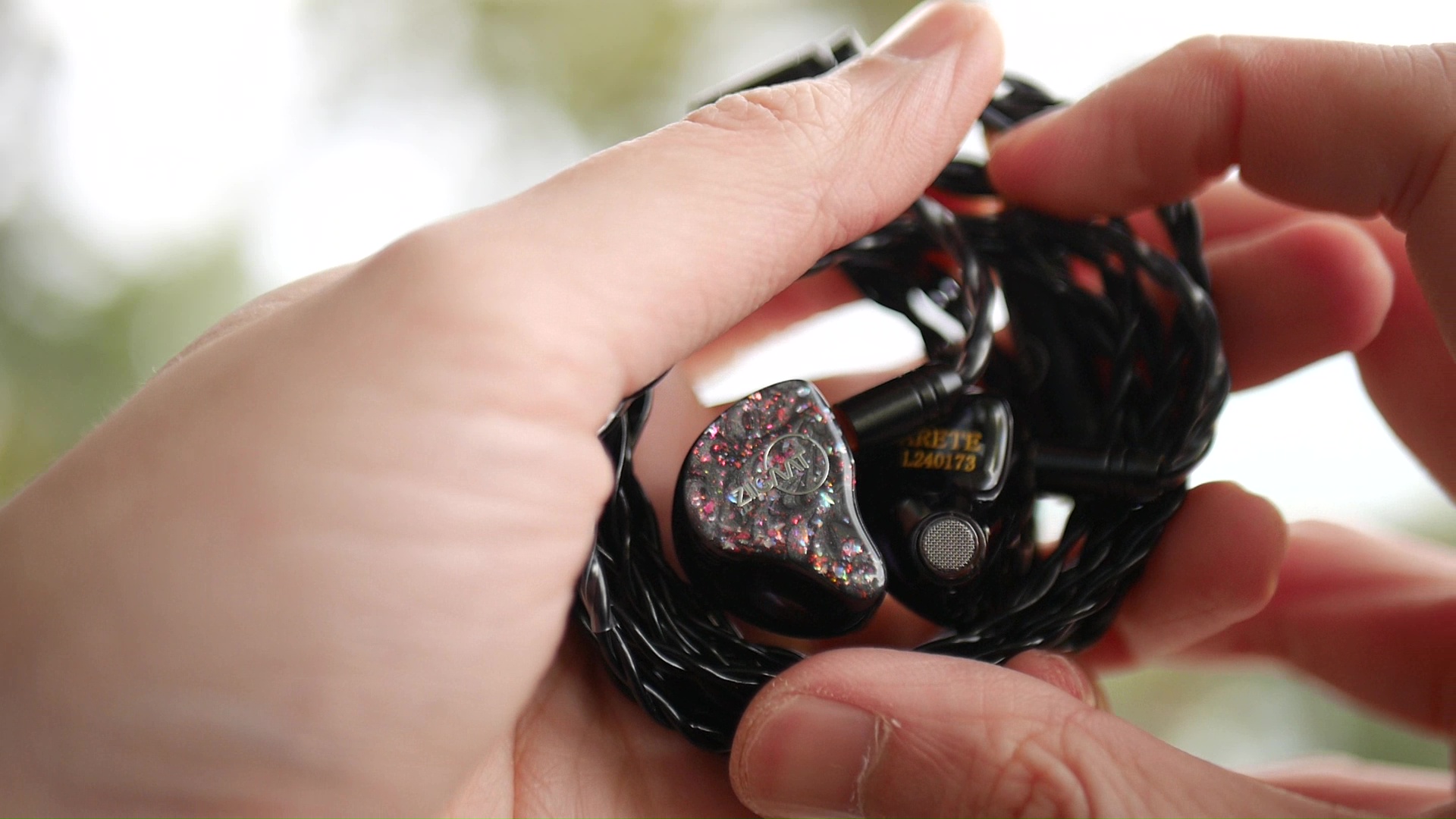
In addition to its neutral midrange and emphasized bass, Arete also handles high-frequency details well. In Ciaccona from Bach’s Violin Partita No.2 in D Minor, performed by Kavakos, the violin’s tonality is neutral and realistic, with no hint of harshness or unnatural tone. The reverberation is fully present, but not exaggerated, giving a sense of ambience and space.
Arete also passes the “clap test” by delivering natural-sounding hand claps at the beginning of Synchro BOM-BA-YE by Tokyo Kosei Wind Orchestra. This is a good indicator of its treble quality and ability to handle high-frequency transients without any harshness or sibilance. However, in louder sections of the track, the high brass instruments sound strangely grainy.

Finally, Arete also shows some limitations when handling piano tracks like Bach’s Goldberg Variations performed by Lang Lang. The bass line sounds a bit boomy, casting a “bloom” over the rest of the track. However, the mid and high notes are even and realistic.
Overall, I would rate the tonality and timbre of Arete as 4 out of 5 (Great). The balanced midrange, neutral tone, and emphasized bass make it a great choice for listeners who enjoy a strong subbass presence. However, the limitations mentioned above prevent me from giving it a perfect score.
Bass and perceived dynamic:
The bass performance of the ZiiGaat Arete IEM is one of its main strengths, delivering a powerful and physically visceral listening experience due to its deep subbass extension and generous amount of bass. The grip and texture of the bass notes are particularly noteworthy, making the music feel engaging and immersive. However, there’s a trade-off: the attack of the bass notes can be slightly rounded, lacking the precision and snappiness I crave.
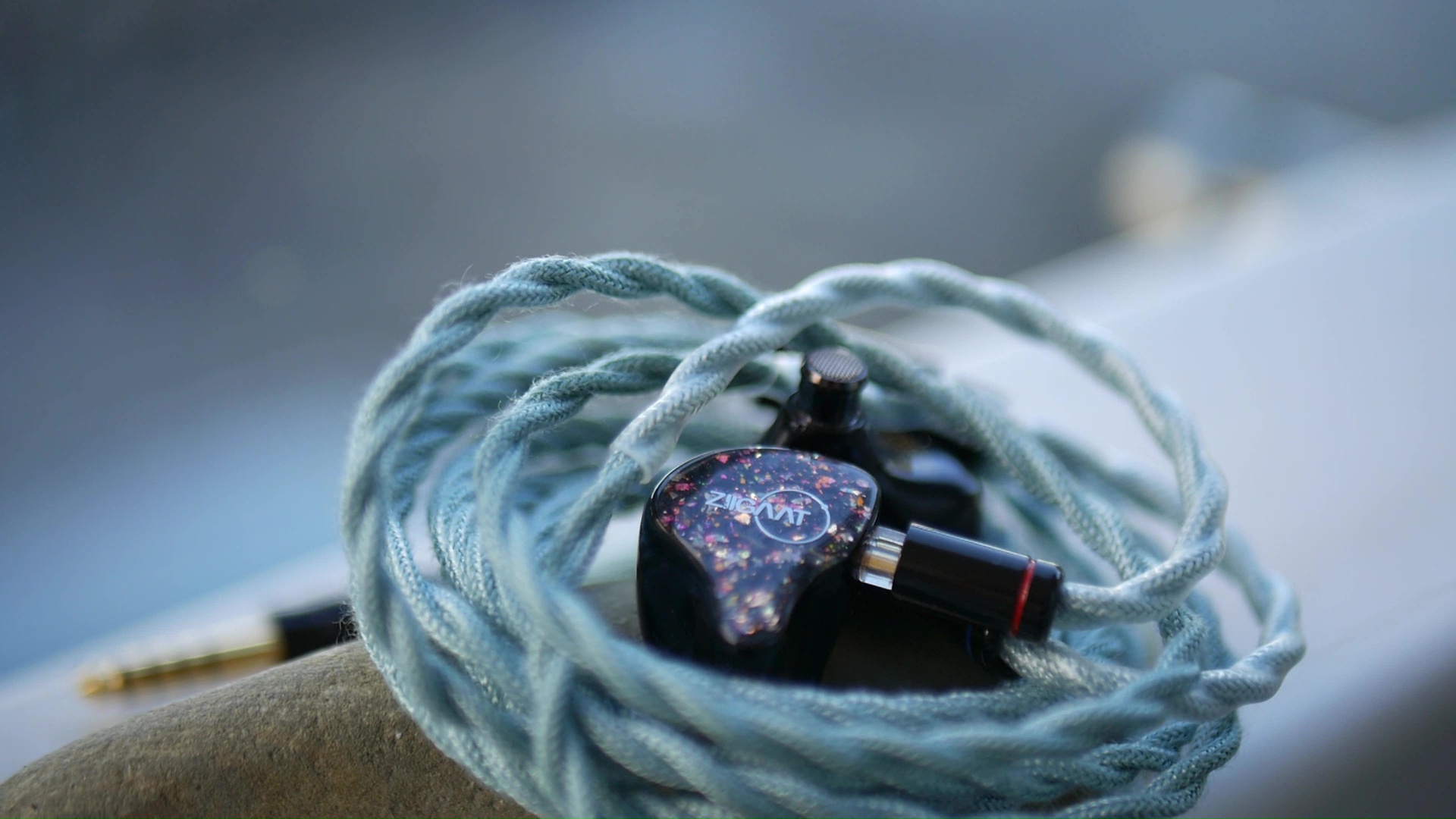
This characteristic is most evident in tracks like “A Reckoning in Blood” from The Ghost of Tsushima OST. During the crescendo at 01:10, I felt my heart rate elevate and blood pump as the bass drop thundered through. The beats from 02:50 were powerful and thumpy, with slammy attacks that made the music feel energetic. However, upon closer inspection, I noticed that the bass presentation wasn’t super clean or precise, lacking a sharpness that would elevate it to exceptional levels.
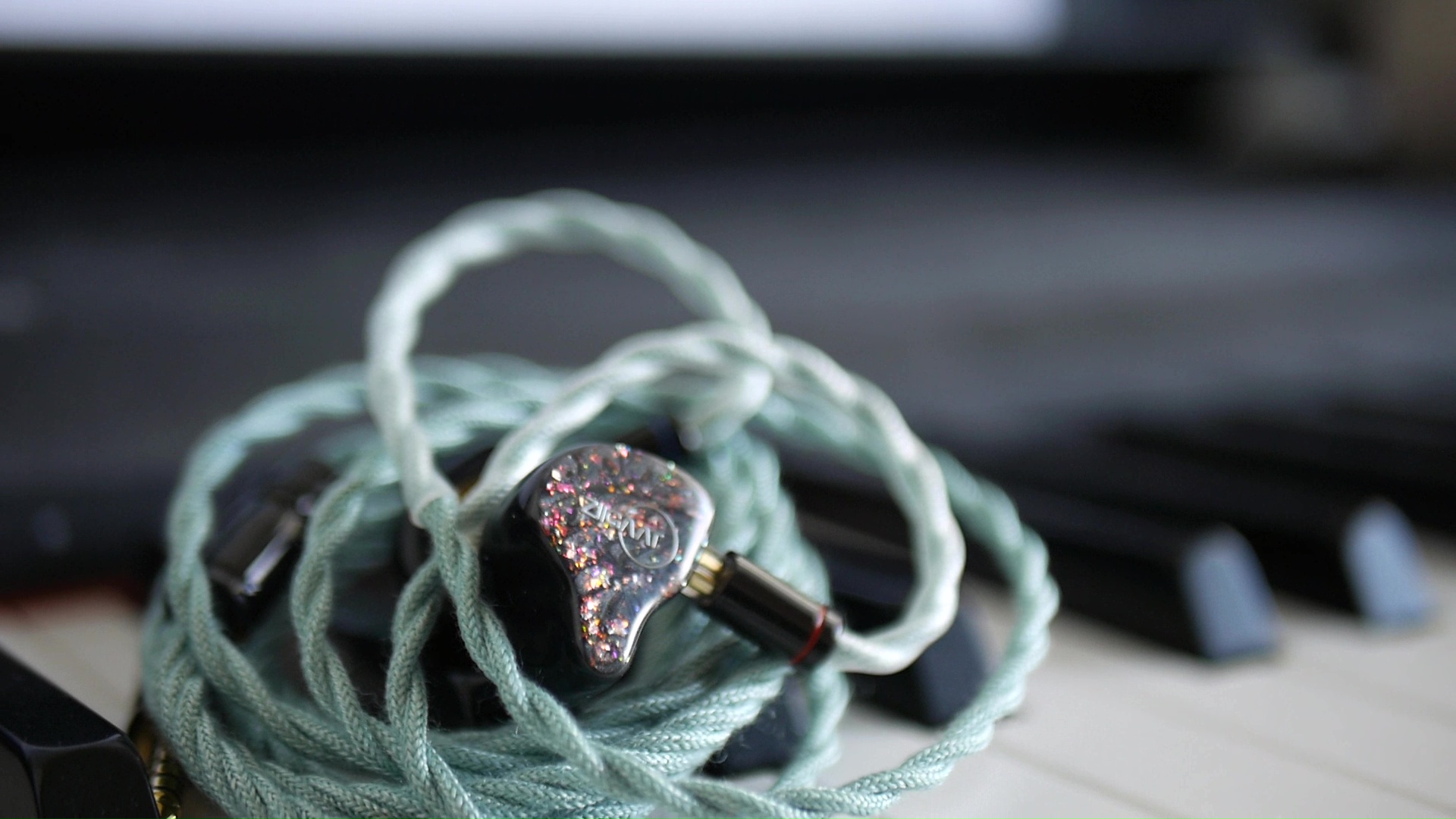
The same characteristic is also present in tracks like “Strength of a Thousand Men (Live)” by Two Steps from Hell. The subbass had a strong presence, and the bass line felt grippy and textured. However, I couldn’t help but feel that the attack of the bass notes could be crisper and more explosive to give the music a refined and crisp presentation.
In summary, while the Arete IEM’s bass performance is certainly impressive, it falls short of being exceptional due to its slightly rounded attacks and lack of precision. Nevertheless, its deep subbass extension and generous amount of bass make for an engaging listening experience that will satisfy most listeners. Rating: 4/5 (Great)
Resolution: To me, “resolution” can be broken down into three components: (1) Sharpness, incisiveness, or “definition” of note attacks (see the figure above). (2) The separation of instruments and vocals, especially when they overlap on the soundstage. (3) The texture and details in the decay side of the notes. The first two give music clarity and make it easy to track individual elements of a mix. The last provides music details and nuances.

I must admit that I initially underestimated the resolution of Arete, dismissing it as an IEM with a bombastic presentation that wouldn’t be capable of delivering good detail retrieval and instrument separation. However, after sitting down for a critical listen, I was pleasantly surprised by how well Arete performs in these areas. This is especially evident when listening to tracks that have complex mixes with multiple layers or rich in details.
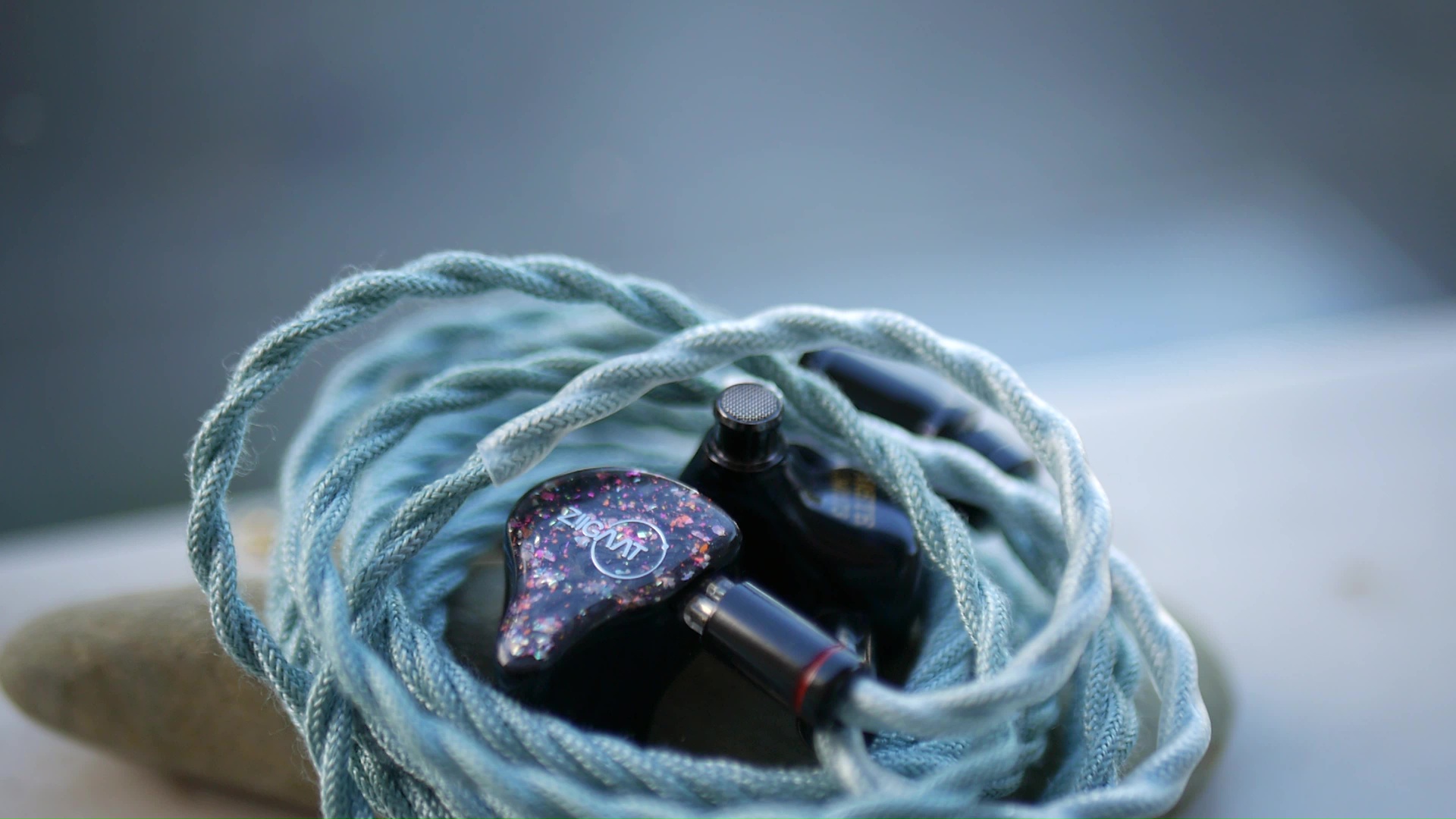
One such track is Ciaccona from Bach’s Violin Partita No. 2 in D Minor, performed by Kavakos. When I focus on the micro details of this track, such as the bow catching the strings, Arete does a surprisingly good job at resolving these fine details. The upper treble details in the reverberation of the recording hall are also highlighted very well by Arete. In fact, when comparing against my reference IEMs, Moondrop Blessing 2 (rated 3/5 for resolution) and Andromeda 2020 (rated 4/5 for resolution), I found that Arete resolves a similar level of detail as Blessing 2 in the midrange information but outshines it in resolving upper treble details. However, when compared to Andromeda 2020, which is known for its exceptional nuance and detail, Arete falls short, particularly in terms of of the amount of details it can extract and present.

Another track that showcases Arete’s ability to handle complexity is ABC feat. Sophia Black by Polyphia. This track has a busy mix with multiple layers of instruments and sounds, making it an ideal test for instrument separation and layering. I was pleased to find that Arete remains surprisingly composed in this track, allowing me to easily mentally breakdown the mix into layers and follow different sounds in the mix. In fact, when comparing against Blessing 2 (rated 3/5 for resolution), I found that Arete’s instrument separation and layering are noticeably stronger than Blessing 2 in this track. However, when compared to Andromeda 2020 (rated 4/5 for resolution), Arete still struggles to keep up.

In summary, Arete has a surprisingly capable resolution for an IEM with its clean clarity, strong emphasis on detail retrieval, and ability to separate and layer overlapping sounds. However, it still falls short of the mark set by my reference IEMs, particularly in terms of nuance and detail. Overall, I would rate the resolution of Arete as 3/5 (Good).
Stereo imaging and soundstage: Stereo imaging or “soundstage” is a psychoacoustic illusion that different recording elements appear at various locations inside and around your head. Your brain creates based on the cues in the recording, which are enhanced or diminushed by your IEMs, your DAC, and your amplifier. In rare cases, with some specific songs, some IEMs can trick you into thinking that the sound comes from the environment (a.k.a., “holographic”)

The stereo imaging and soundstage of Arete are another strength of this IEM, which is expected given its design for FPS gaming. In my listening experience with various tracks, I found that the soundstage of Arete feels large, with good width. Sound elements placed on the far sides of the stereo field can appear to come from outside the shells of the IEM.
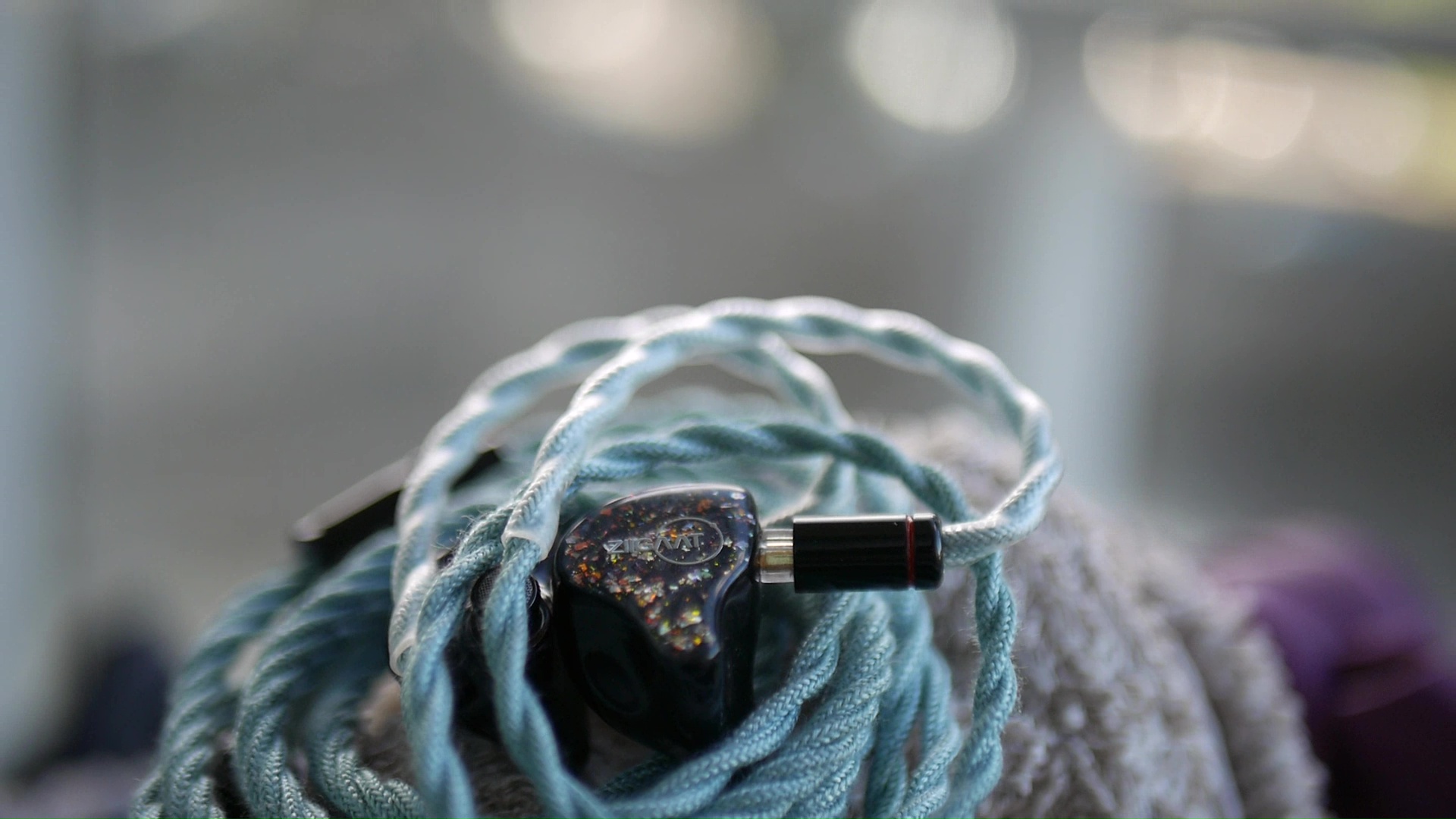
One notable aspect of the soundstage is its ability to create strong separation between foreground and background elements of a track. This is evident in tracks like Shadow of Baar Dau, where the background string section at 00:20 on the front left and the vocal chants on the front right at 00:40 are well-separated from the foreground elements. This separation makes the soundstage feel more spacious, creating an illusion that some background elements originate outside the head.
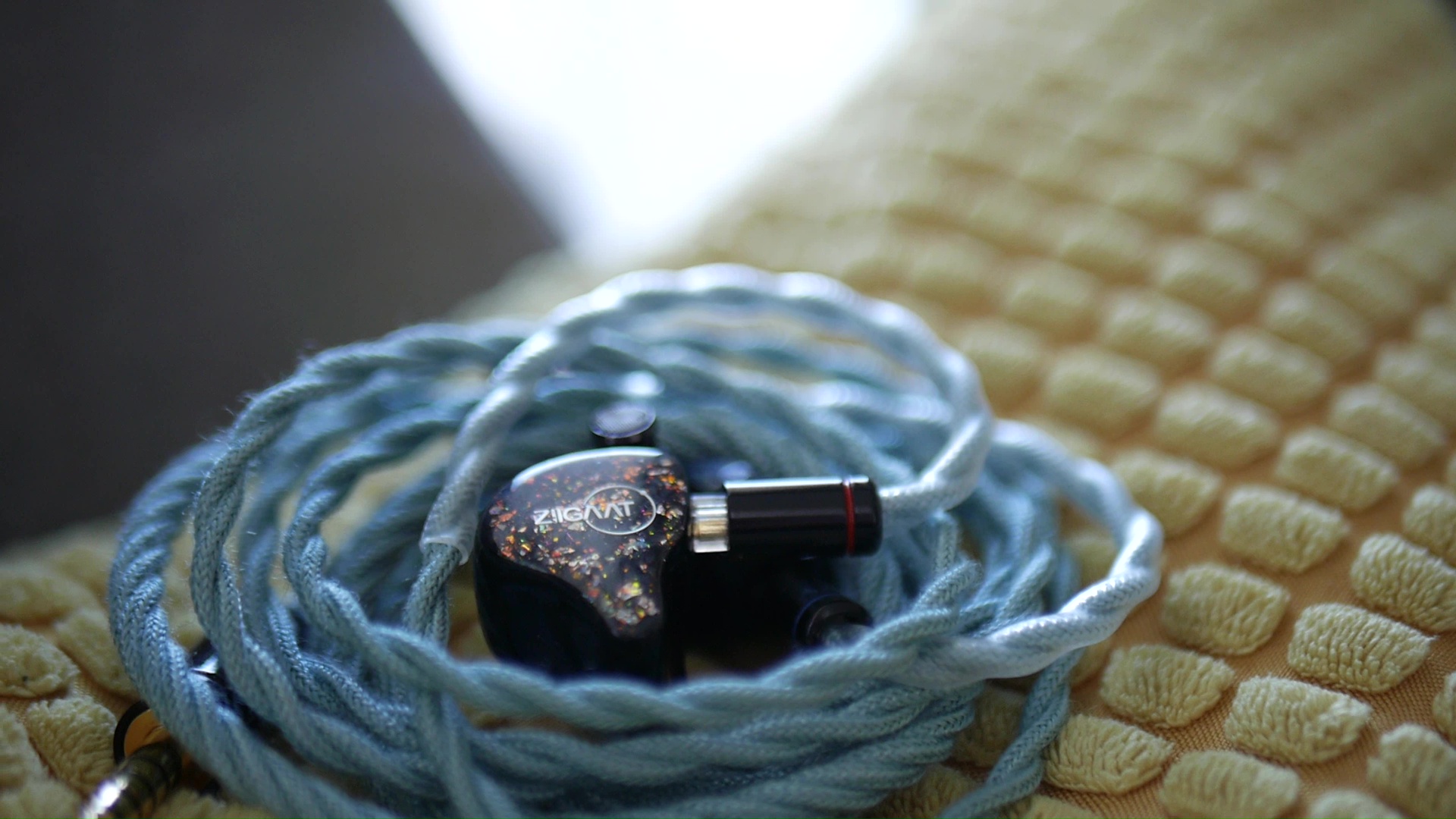
However, there are also areas where Arete falls short in its stereo imaging and soundstage. For instance, while it excels in conveying the sense of distance of background elements, the positioning of sound on the stage is not as sharp as I would have liked. Tracks like Original Sound Effect Track - Memory from Gundam Seed Destiny OST album reveal a “wall of sound” sensation with the main actions at the center of the stage, making it feel more like a 2D presentation rather than a wrap-around enveloping experience.
Despite these drawbacks, Arete still manages to impress in its stereo imaging and soundstage. Compared to other IEMs like Moondrop Blessing 2 (my reference for 3/5 level), Arete’s front-to-back placement of instruments within the “wall” of sound has a stronger contrast, making the soundstage more interesting and less 2D. However, when compared to top-tier IEMs like Andromeda 2020 (my reference for 4/5 level), Andromeda presents a more immersive and 3D soundstage.
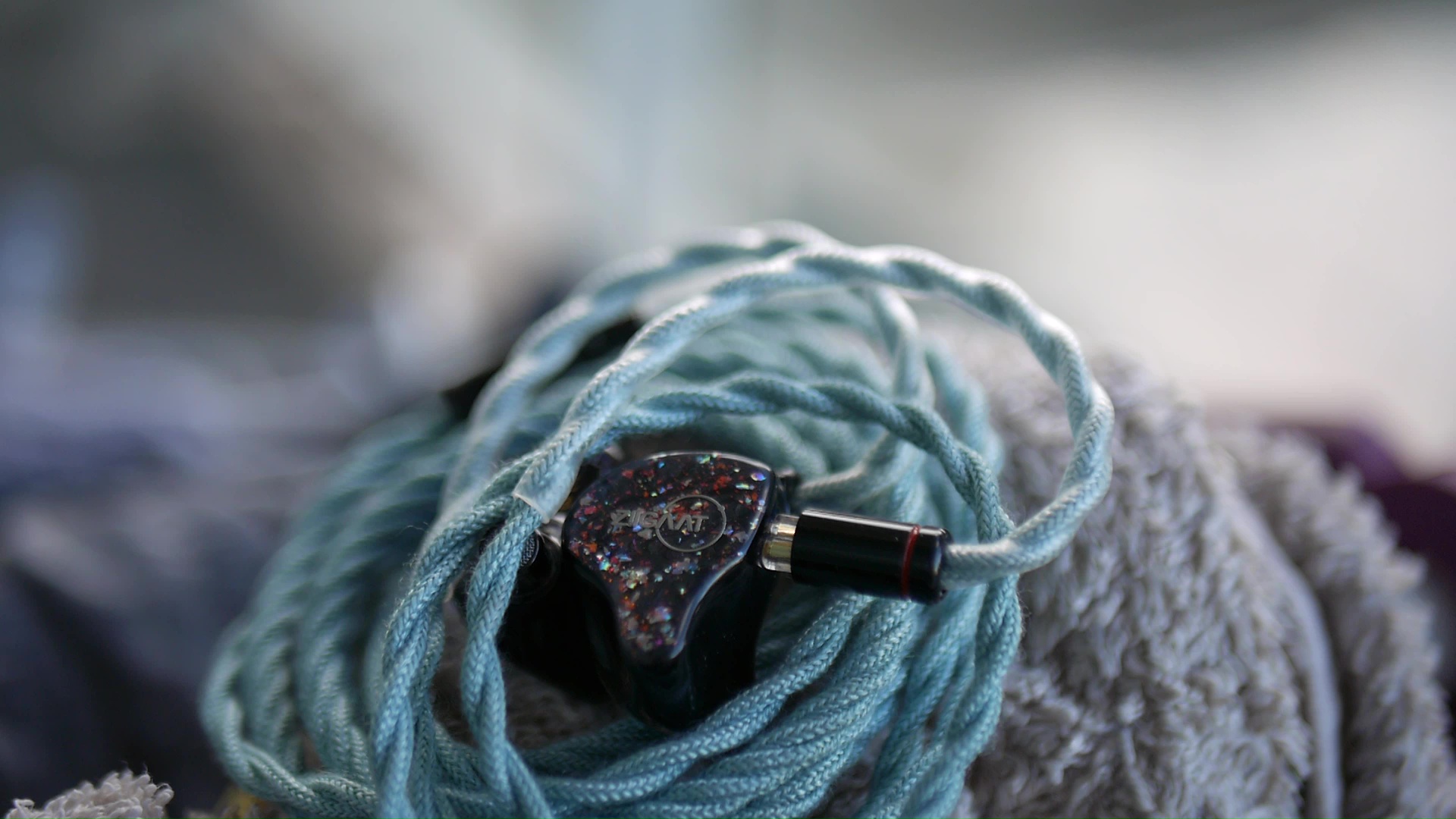
Overall, Arete’s stereo imaging and soundstage are impressive but not outstanding. While it excels in certain aspects like spatial separation and sense of distance, its lack of sharp localisation and tendency to create a “wall of sound” sensation hold it back from achieving top-tier status. Rating: 4/5 (Great)
Driveability
ZiiGaat aims for an easy-to-drive IEM when designing Arete. In my assessment, they somewhat succeed in this goal, as the Arete can reach high volumes from most audio sources without being overly sensitive to ambient noise. However, I found that pairing the Arete with a more powerful amplifier yields even better results.
In particular, when paired with a weak source like the Apple USB-C to 3.5mm adapter (also known as the Apple Dongle), the instrument separation and layering effects are not particularly impressive. The definition of musical notes is somewhat lacking in sharpness, and the stage of the IEM does not expand as far as it could. The note attacks of the bass also suffer.
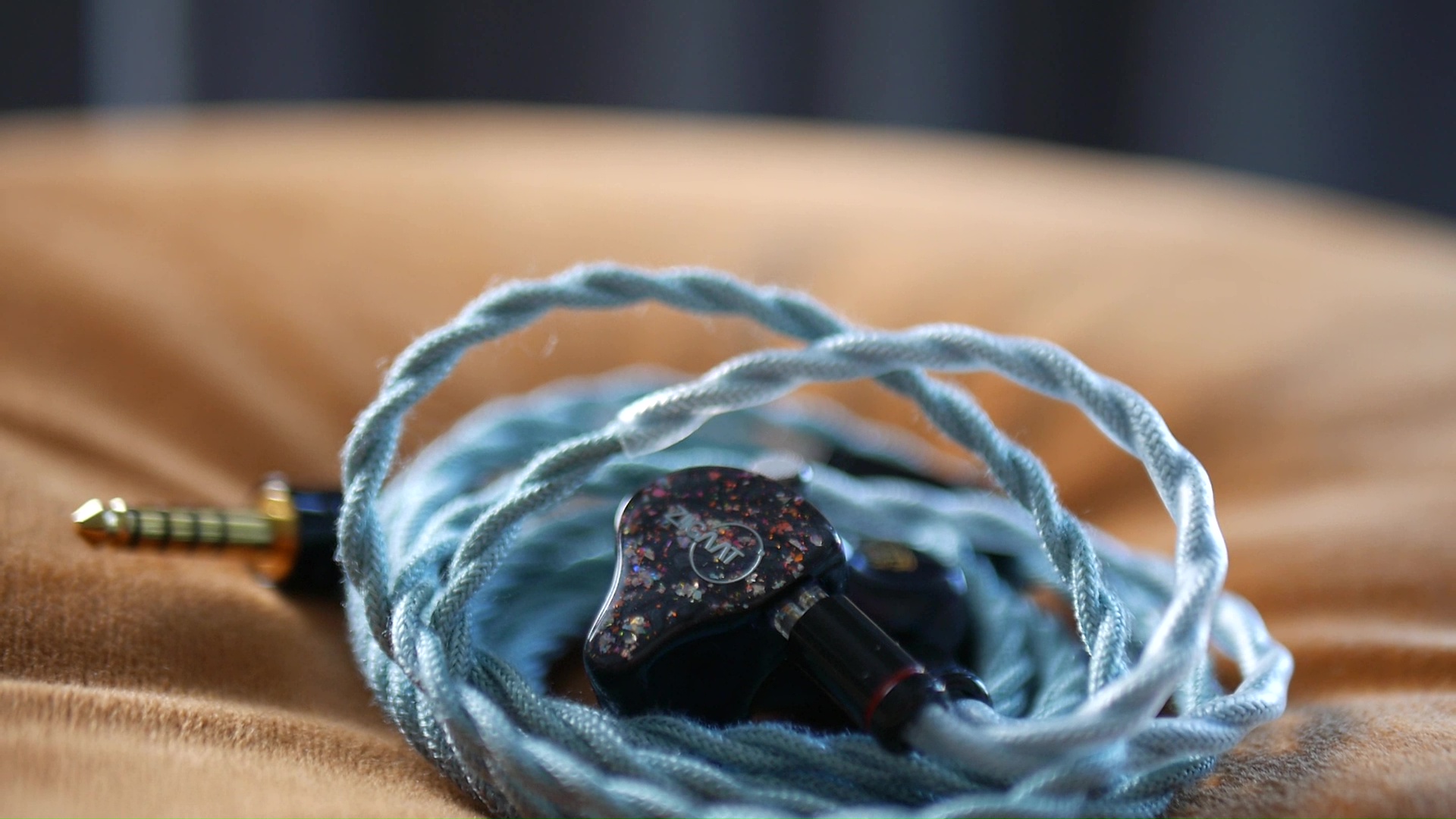
However, when paired with a device that has a stronger amplifier, such as the 4.4mm output of the HiBy R3II music player, the Arete shows a marked improvement in performance. The stage becomes more expansive, and the bass transients become noticeably crisper. This is particularly evident in the way the instrument separation and layering effects are enhanced.
To get the most out of the Arete IEM, I recommend swapping its stock cable for one with 4.4mm termination and pair the Arete with a decent USB DAC or a good small music player like the HiBy R3II can also help to unlock its full potential. Interestingly, moving up to even more powerful devices, such as the DX300, reveals further improvements across the board. However, the improvement from the Apple Dongle to the HiBy R3II is still the most notable.
Conclusions

I admit that my initial impression of the Arete IEM was not entirely positive. However, as I continued to listen to it over the weeks that followed, I found myself growing more fond of its sound signature.
The main theme of this IEM is entertainment, and it excels at delivering an engaging listening experience, particularly when used for gaming, large orchestral soundtracks from games, or movies. The strong subbass response adds to its entertaining nature, making it well-suited for these types of content. However, the Arete’s focus on bass does come at a cost in terms of midrange tonality. While the midrange remains relatively untainted and neutral, it can sometimes be overpowered by the bass in certain tracks, resulting in an overall tonality that suffers slightly.
Should you buy this IEM? There are several factors to take into account. First, if you’re not a fan of having more bass than midrange, then the Arete may not be the right choice for you. Additionally, if you prefer a more colored and warm midrange tonality, you might find this IEM’s sound signature too neutral.
On the other hand, if you’re looking for an all-purpose IEM that delivers a fun yet still neutral sound signature, with a focus on bass and soundstage, then the Arete receives a recommendation from this reviewer.
What I like about this IEM:
- An entertaining sound signature for gaming and media consumption
- Neutral and tonally correct midrange (if you like this kind of sound)
- Powerful bass response
- Spacious soundstage
- Excellent sound localisation
What could be improved:
- Bass transients could be snappier
- Midrange can sound recessed in some bassier tracks
- Neutral midrange might sound unengaging to some listeners
- Upper midrange and treble can sound grainy with some tracks
Absolute Sonic Quality Rating: 4/5 - Great
Bias Score: 4/5 - I like this IEM

